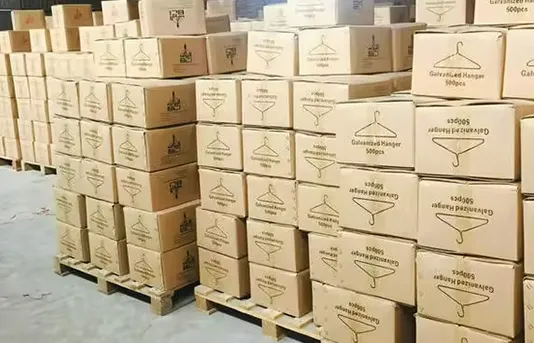-
 Phone:
Phone: -
 Email:
Email:

Versatile Solutions for Bar Tie Wire Applications in Construction and Engineering
The Importance of Bar Tie Wire in Construction and Craftsmanship
Bar tie wire, a seemingly unassuming yet essential component in construction and various crafting applications, plays a pivotal role in ensuring the safety, stability, and integrity of structures. This article delves into the significance of bar tie wire, its applications, and the benefits it provides to builders and artisans alike.
Understanding Bar Tie Wire
Bar tie wire is a type of wire used primarily in construction to secure reinforcing bars (rebar) in place. This wire is typically made from galvanized steel, allowing it to resist rust and corrosion, thereby enhancing its longevity. The wire comes in various gauges and is produced in coils, making it a convenient choice for handling and application on site.
In construction projects, particularly in concrete work, rebar is employed to enhance the tensile strength of concrete, which is inherently strong in compression but weak in tension. Bar tie wire is used to hold these bars together, ensuring that they do not shift during the pouring of concrete and that the structural integrity of the finished product is maintained.
Applications in Construction
In the construction industry, bar tie wire finds its applications across various projects, including residential buildings, commercial properties, bridges, and infrastructure works. Its primary function is to stabilize rebar cages that serve as frameworks for concrete pours. By binding the bars together, the wire helps to preserve the intended shape and spacing of the reinforcement.
Moreover, the ease of use of bar tie wire makes it an optimal choice for contractors. It can be quickly and efficiently applied using hand tools or automatic tying machines, speeding up the construction process without compromising safety or quality. With the ability to effectively secure rebar in intricate designs, bar tie wire is invaluable for ensuring that complex structures meet engineering specifications.
bar tie wire

Benefits of Using Bar Tie Wire
1. Enhanced Stability The primary benefit of using bar tie wire is the enhanced stability it provides to rebar frameworks. By holding the bars firmly in place, the wire minimizes any movement during concrete placement, reducing the risk of structural weaknesses that could lead to costly repairs or, worse, failures.
2. Corrosion Resistance Given that bar tie wire is often galvanized, it offers significant resistance to rust and corrosion. This feature is especially important in environments exposed to moisture, ensuring the longevity of the wire and the structures it supports.
3. Versatility Bar tie wire is not only used in construction but also in various crafting and manufacturing settings. It can be utilized in the creation of fences, sculptures, and other artistic projects, proving its versatility beyond the building sites.
4. Cost-Effective Generally inexpensive, bar tie wire provides an economical solution for maintaining the structural integrity of buildings. Its affordability allows contractors to allocate their budgets more effectively while still ensuring safety.
5. Ease of Disposal and Handling In comparison to other fastening methods, bar tie wire is lightweight and easy to handle. It can be seamlessly cut and removed without damaging the structures, making it user-friendly for workers on construction sites.
Conclusion
In summary, bar tie wire is a fundamental element in the construction industry and various craftsmanship arenas. Its vital role in securing rebar enhances the safety, stability, and longevity of concrete structures. As construction techniques evolve, the importance of reliable and effective materials like bar tie wire continues to be paramount. For builders and artisans aiming for quality and durability in their projects, investing in high-quality bar tie wire is undoubtedly a step in the right direction. Ultimately, this humble wire reinforces not just bars, but the very foundation of modern construction.
-
Wire Mesh for Every Need: A Practical SolutionNewsJul.25,2025
-
Steel Fences: Durable, Secure, and Stylish OptionsNewsJul.25,2025
-
Roll Top Fencing: A Smart Solution for Safety and SecurityNewsJul.25,2025
-
Cattle Farm Fencing Solutions for Maximum SecurityNewsJul.25,2025
-
Affordable Iron Binding Wire SolutionsNewsJul.25,2025
-
Affordable Galvanized Wire SolutionsNewsJul.25,2025
-
Wire Hanger Recycling IdeasNewsJul.25,2025








